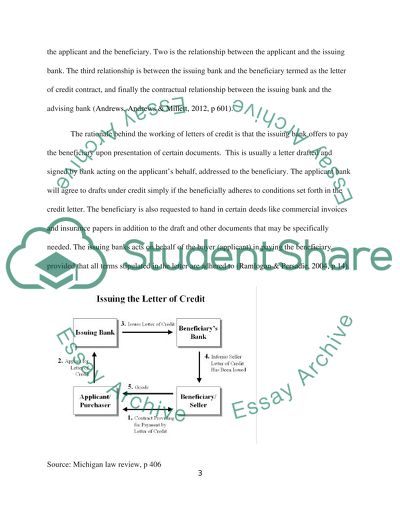Cite this document
(“Discuss the rationale behind letters of credit with emphasis on the Essay”, n.d.)
Discuss the rationale behind letters of credit with emphasis on the Essay. Retrieved from https://studentshare.org/law/1468463-discuss-the-rationale-behind-letters-of-credit
Discuss the rationale behind letters of credit with emphasis on the Essay. Retrieved from https://studentshare.org/law/1468463-discuss-the-rationale-behind-letters-of-credit
(Discuss the Rationale Behind Letters of Credit With Emphasis on the Essay)
Discuss the Rationale Behind Letters of Credit With Emphasis on the Essay. https://studentshare.org/law/1468463-discuss-the-rationale-behind-letters-of-credit.
Discuss the Rationale Behind Letters of Credit With Emphasis on the Essay. https://studentshare.org/law/1468463-discuss-the-rationale-behind-letters-of-credit.
“Discuss the Rationale Behind Letters of Credit With Emphasis on the Essay”, n.d. https://studentshare.org/law/1468463-discuss-the-rationale-behind-letters-of-credit.


